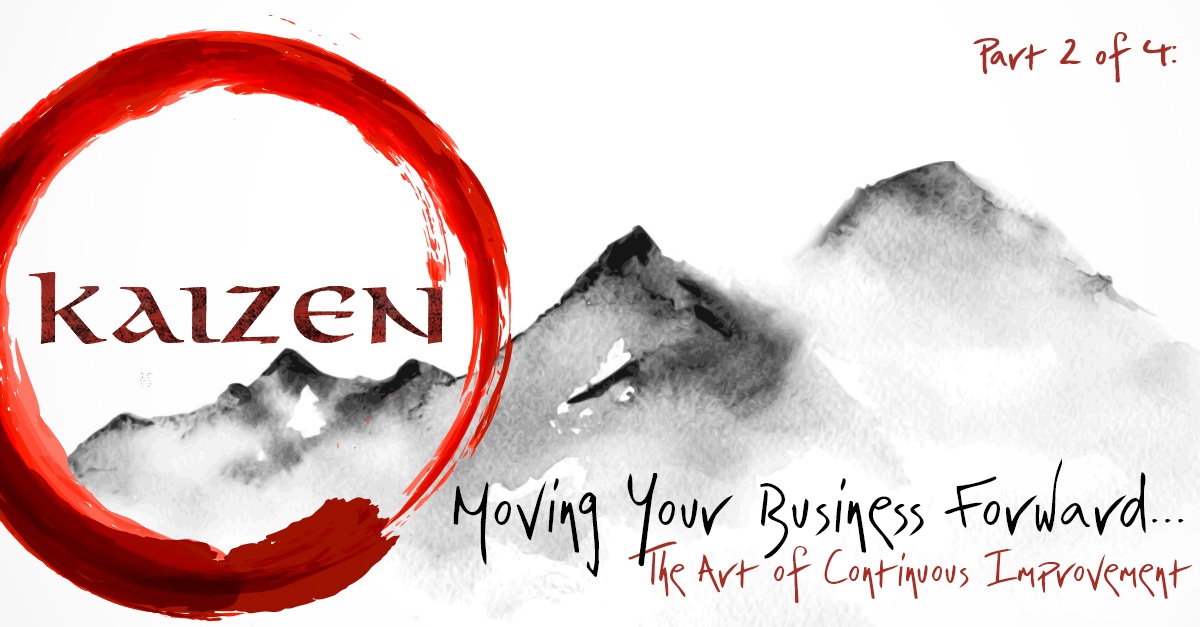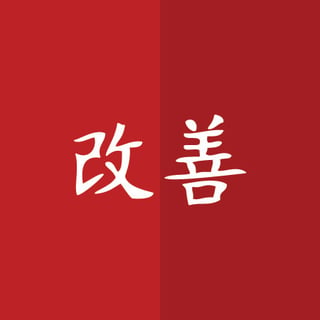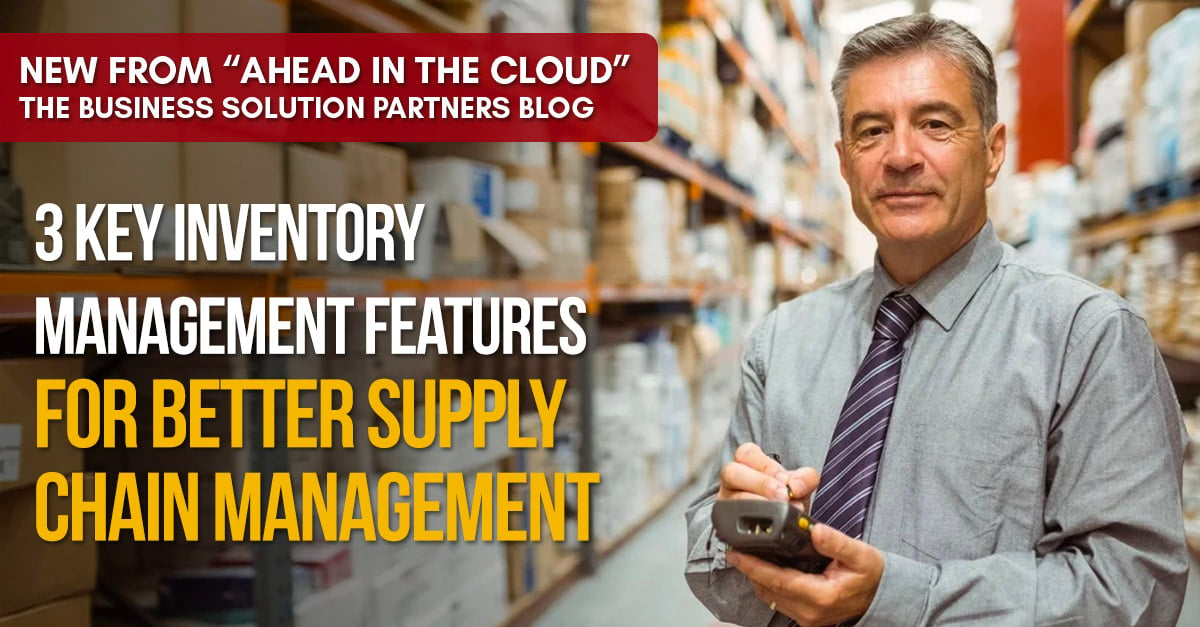5 Business Planning Tips To Boost Distribution Innovation
Innovation in business planning is the key to success for distributors. Most companies will say they are innovative, but in fact they are not.

"The starting point for improvement is to recognize the need. This comes from recognition of a problem. If no problem is recognized, there is no recognition of the need for improvement. Complacency is the archenemy of KAIZEN." Masaaki Imai - "Kaizen: The Key To Japan’s Competitive Success" (1986)
Welcome to the second in our series of Blog Posts on Continuous Improvement. In our last post, we introduced the concept of Continuous Improvement and discussed some of the benefits associated with the practice. But we have to admit that this concept is neither new, nor novel.
As early as 1951, economists studying post-WWII Japanese management practices identified that the island’s business leaders had unique appreciation for incremental change.
As part of the Marshall Plan, American occupation forces brought in teams of experts to help rebuild Japanese Industry – and the Economic Scientific Section Group was tasked with implementing America’s “Training Within Industry” plan for a post-war economic reboot.
To facilitate this task, the ESS Group created a film titled “Improvement In Four Steps” (Kaizen eno Yon Dankai). The word Kaizen had been officially co-opted by the economic community to describe the governing philosophy of incremental improvement.
While the concept of Kaizen may have been birthed out of the Post-War rebuilding efforts, the shifting definition of the word Kaizen from its original “Continual Improvement” to embody a complete business philosophy can be traced back to the 1980’s and the adoption of Kaizen management philosophy by one of Japan’s dominant industry leaders: Toyota.
Toyota helped to redefine the concept of Kaizen by connecting it with the Shewhart Cycle (PDCA). This translates to “Plan -> Do -> Check -> Act” and is the governing feedback loop for the Kaizen model.
Toyota also helped establish Kaizen as a daily process, and core to the guiding principles of leadership, management and employee operations, goal setting and decision making. Kaizen lives at all levels within an organization; from the CEO all the way down to the janitor.

There are two distinct Kaizen approaches employed by the business community:
Flow Kaizen & Process Kaizen
The former focuses on the movement of information and materials throughout a company’s production chain. Flow Kaizen activities focus on the big picture of corporate operations and are intended to reveal new efficiencies, better practices and increase employee happiness and retention.
Process Kaizen relies on small, easy to implement ideas that continually improve the workplace and job roles for individuals within an organization. Decreasing the speed of a conveyor belt to eliminate a roadblock in the manufacturing line shouldn’t be a decision that has to fly all the way up the flagpole. In a Process Kaizen environment, this idea would be communicated, agreed upon, tested and implemented within hours, or maybe even minutes of identification.
Feedback would be almost instantaneous:
Was the bottleneck eased? Great Job! No? Let’s try again…
Kaizen means that employees, managers and company leadership is empowered to try new things, and even make mistakes. Small mistakes can be quickly rectified. That’s one of the most appealing aspects of Kaizen. It allows for innovation, and instills employees with confidence; knowing their opinion matters.
The philosophy of Kaizen has been implemented by many companies outside of Japan. Of particular note in the United States is the adoption of the Kaizen playbook by the Monrovia, California based specialty grocer Trader Joe’s.
As early as 2007, under the leadership of CEO Dan Bane, Trader Joe’s implemented Kaizen during a period of rapid expansion. The philosophy is often credited with the companies’ ability to scale without losing the “Your Neighborhood Grocery Store” ethos upon which it's success was built.
Under the leadership of Bane, Kaizen became a core operational pillar. In ten short years, Trader Joe’s has grown from 156 stores (15 states) to an astonishing 465 locations in all but 8 US States. Today, the private company is estimated to generate in excess of $15B annually.
Innovation in business planning is the key to success for distributors. Most companies will say they are innovative, but in fact they are not.

Cloud-based inventory management solutions provide a high level of visibility that enables distributors to get the most out of their supply chains.
Distributors must know the ins and outs of global e-commerce in order to take advantage of it to expand their business and streamline operations.